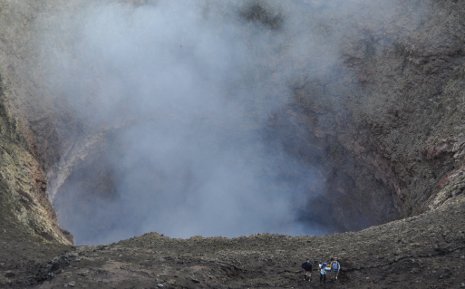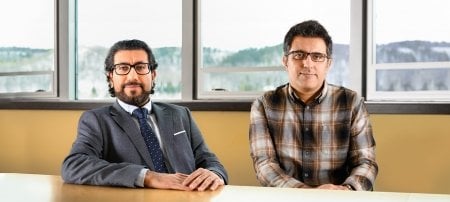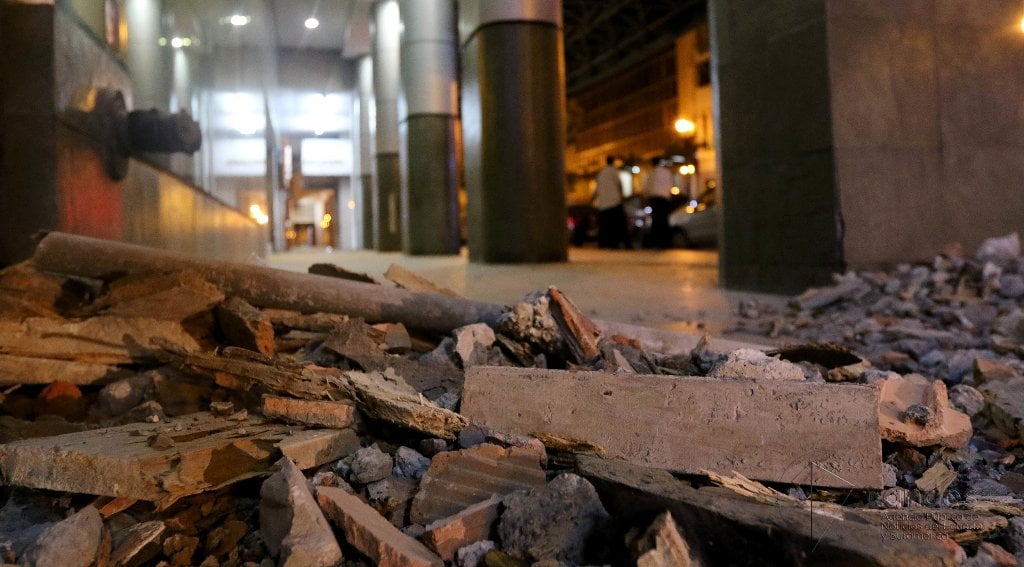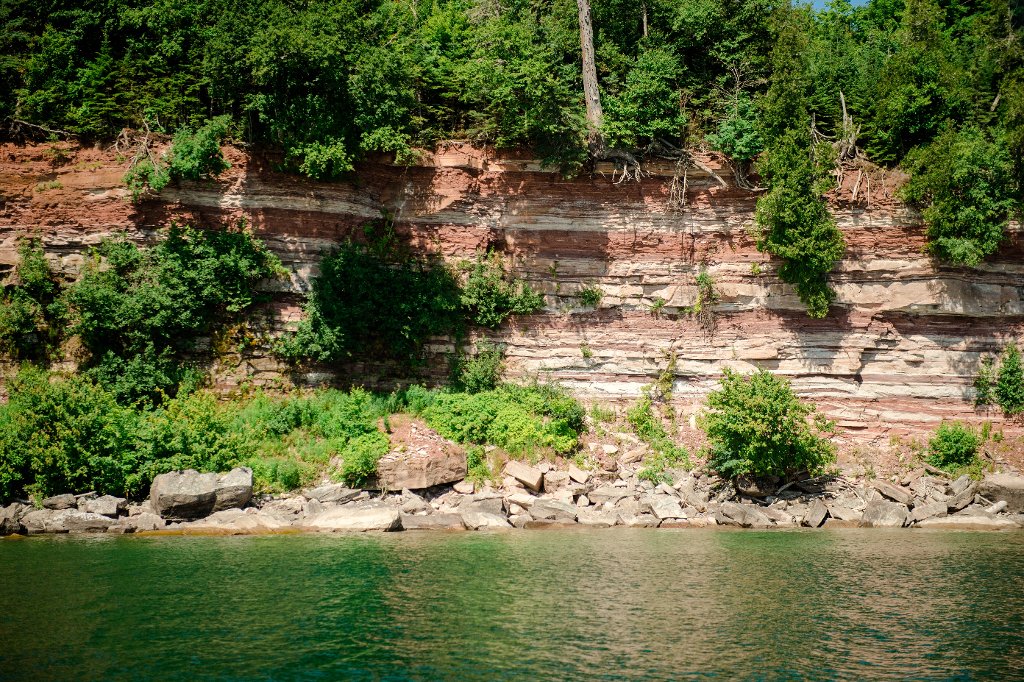Researchers Connect Volcanic Activity to Mini-earthquakes

The ash from the recent eruptions of the Puyehue-Cordon Caulle in Chile disrupted airplane schedules, and the ash even circled the globe a second time, causing more delays. A Michigan Technological University researcher and his graduate students are studying how volcanoes like this erupt and what their relation is to earthquakes. They hope to resolve much bigger issues than airplane inconveniences.
Greg Waite, assistant professor of geological and mining engineering and sciences, is focusing on “mini-earthquakes” within or beneath the nearby and also troublesome Villarrica volcano. These earthquakes reveal details about the shape of the conduit and dynamics of the magmatic system.
“In Chile, we are very fortunate that we can look down into a volcano that is bubbling all the time,” he says. “Like that spaghetti sauce on your stove, once in awhile a bubble bursts and splatters lava. We are measuring the mini-earthquakes from these bubble bursts..”
The relative safety of the volcano makes it a great place to study, he says. “We can get instruments above and below the elevation of the lava surface, which is somewhat unusual.”
This allows the researchers to look at the “conduit,” a magma pathway up to the surface, where earthquakes happen as bubbles find a path upwards. Waite knows the top of the conduit is somewhat circular, but believes it turns flatter below the surface.
“The seismic data suggest the conduit becomes a planar dike at a relatively shallow depth,” he says.
Graduate student Josh Richardson has studied those “spaghetti splatters”: the mini-earthquakes at Villarrica.
“He recorded some 19,000 mini-quakes over the course of about a week on a recent field trip,” Waite says. These events are very subtle and cannot be simply identified without careful analysis. “We think they are from the small expansions and contractions in the conduit.”
Waite and his students’ conduit-model work has produced another interesting result at Fuego volcano in Guatemala. Recent PhD graduate John Lyons has discovered that, instead of the magma simply moving vertically up the conduit from a deeper magma chamber, there is a kink, an “elbow in the conduit--a corner in the geometry”--a couple of hundred meters below the surface.
“If lava were to break through to the surface where the corner is, instead of continuing up to the summit, it could have dangerous consequences for the people living on that side of the volcano,” Waite says.
The people living near volcanoes are the ultimate beneficiaries of the volcanic/earthquake research: local populations who need to be informed and warned of impending eruptions.
“People get into this research for the science, sometimes removed from application,” Waite continues. “But the more you learn, the more you can apply to people living there.”
Waite is continuing a long tradition of Michigan Tech researchers using their knowledge for hazard mitigation, including geological and mining engineering and sciences professor Bill Rose’s three decades of work.
“We work with government agencies there,” Waite explains, “and have done so for years in Guatemala, Chile and elsewhere. You can’t stop the earthquakes and eruptions, but before they are unleashed, some hazards can be averted.”
Additionally, Waite would like to make his conduit modeling more accessible.
“There are only a few people doing this type of research,” he says, “some in Japan, the U.S., Ireland and Italy. We want more people to accept and use this type of modeling, to see the potential in it.”
Adoption of his methods, he believes, will lead to better understanding of volcano hazards and their mitigation, and that can help many people around the globe, including those delayed and diverted airline passengers.
Waite’s research is funded in part by a $415,000 National Science Foundation (NSF) grant. He was named this year to receive a prestigious NSF CAREER Award. These awards recognize faculty members early in their careers who are effectively integrating research and teaching.
Michigan Technological University is a public research university founded in 1885 in Houghton, Michigan, and is home to more than 7,000 students from 55 countries around the world. Consistently ranked among the best universities in the country for return on investment, Michigan’s flagship technological university offers more than 120 undergraduate and graduate degree programs in science and technology, engineering, computing, forestry, business and economics, health professions, humanities, mathematics, social sciences, and the arts. The rural campus is situated just miles from Lake Superior in Michigan's Upper Peninsula, offering year-round opportunities for outdoor adventure.




Comments